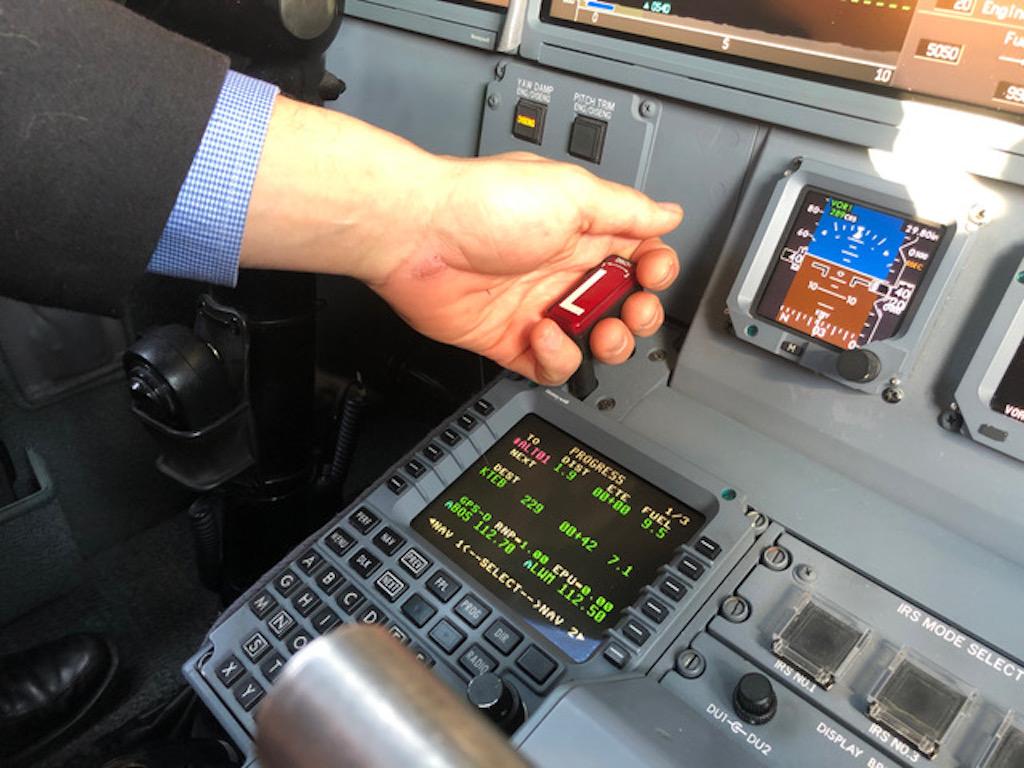
There I was, strapped into an ejection seat with half the runway behind me, half remaining, one engine in full afterburner and the other on fire tearing itself apart. As we used to say back then, the master caution panel was “lit up like a Christmas tree,” screaming at me: “What now, lieutenant?”
My decisions at that moment and for the next 10 minutes were all easy: rotate, gear up, shut the engine down, declare an emergency, perform an alternate extension of the landing gear and land immediately. This was in 1979 flying a Northrop T-38 Talon and got me a pat on the back and a “I done good” check mark in my logbook of flight notes. We all train for such moments and the decisions can indeed be easy for the most dire emergencies. But that isn’t always the case.
Nearest Suitable Airport

Twenty-five years later I was flying the CEO of our company from Florida back to our home airport in Bedford, Massachusetts. This was in a Challenger 604 designed to fly our passengers seated in comfort and we pilots in nearly as much luxury. We had just leveled off when the Crew Alerting System told us we had lost all hydraulic fluid in one of three systems. The display unit, with its red messages, said to me gently: “What now, captain?” I declared an emergency, pointed the airplane to the nearest airport with a long enough runway, performed an alternate extension of the landing gear and landed immediately. This time around, the second guessing made me wonder if “I done good” after all.
Our Airplane Flight Manual (AFM) told us to “land at the nearest suitable airport,” but did not define the word suitable. The airport I chose had access to the airlines for our passenger, but no maintenance for the aircraft. “You could have made it back to Bedford,” some told me, “where you had good maintenance and your passengers wouldn’t have had to suffer with the airline trip home.” Others said: “Canadair gave you three hydraulic systems for a reason. You made a mountain out of a molehill.”
Despite the pushback, I know that “I done good” again. Having lost more than a few hydraulic systems over the years, I know that hydraulic fluid under pressure can cut like an acetylene torch and in these situations the hydraulic system loss might be the opening act of a tragic opera, not the concluding scene of a happy ballad. Landing immediately solves many current and future problems, but it introduces others. What do you do about your passengers? What about the crew? How do you get the airplane repaired? What happens to the budget with these added, away from home, expenses? Does “land immediately” mean anywhere you can fit the airplane, or should you consider airline connections for your passengers and maintenance facilities for your airplane? When faced with such a decision, how do you know?
Know The Book Answer
For those times when landing urgency is in question, it helps to know what the people who built your airplane have to say on the matter. Gulfstream defines the options rather nicely:
“Procedures directing the aircraft to land as soon as possible require the aircrew to shift focus from the original mission to a new mission that prioritizes a safe and expeditious landing. To assure a safe approach and landing, the selected landing site should be appropriate for aircraft performance considerations while accommodating any additional restrictions required by the applicable AFM procedure (i.e., crosswind limits, wide runway). The selected landing site should also provide appropriate safety for crew and passengers once on the ground.”
They offer more advice for the nearest suitable airport option: “Procedures directing the aircraft to land at the nearest suitable airport offer aircrew additional flexibility in choosing an appropriate landing site. Aircrew may consider airport facilities, maintenance availability or other factors when selecting an acceptable airport. Landing at the nearest suitable airport avoids unnecessary risk associated with extended flight in a malfunctioning aircraft.”
Know The Airplane
Even before we digitized our airplanes, it was no easy matter deciding if an errant gauge was telling you that you were out of fuel or that the gauge itself had failed. Does an ammeter reading zero mean you are relying on a time-limited battery or that a circuit breaker had popped? These days, analog wires from simple sensors to mechanical gauges have been replaced with ultra-precise sensors, computer networks, software and digital readouts. Deciding if the red warning on a display is telling the truth is easier said than done. We all dread the thought of making an emergency landing and having the errant warning go away and having our mechanic say, “I could have told you that was nothing to worry about.”
With the added complications of technology, we also have added assistance. When time permits, a call, text message or email to your mechanic can improve your decision-making process. Even after the decision is made, however, updates from the cockpit can change the decision. I once had a yaw damper failure during flight that the flight manual failed to say warranted an immediate return. Our mechanics on the ground called Canadair, who agreed we could press on. I agreed until the failure spread to the autopilot; I turned the airplane around for an immediate landing.
We often say these kinds of decisions are why we get paid the big bucks. There is certainly truth in that. But we can make those decisions both easier and better if we understand when we can press on to our destination, or when we need to land immediately or at the nearest suitable airport.





